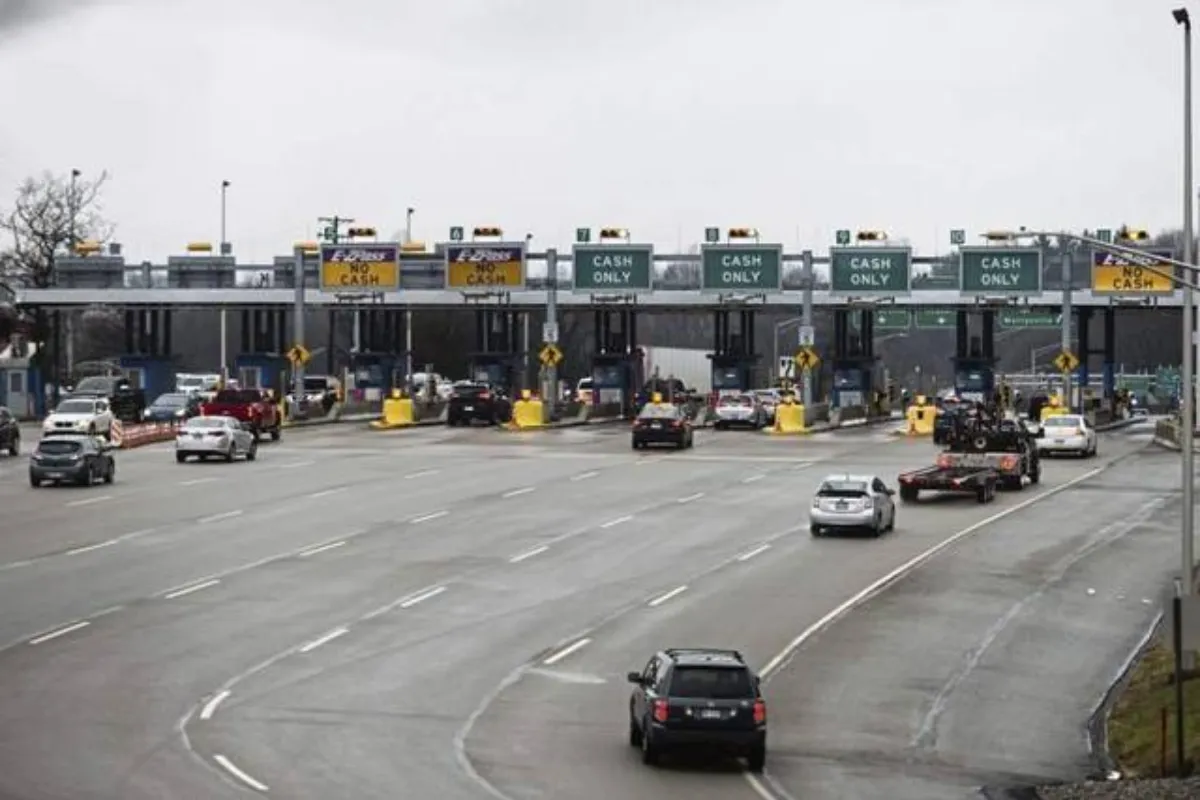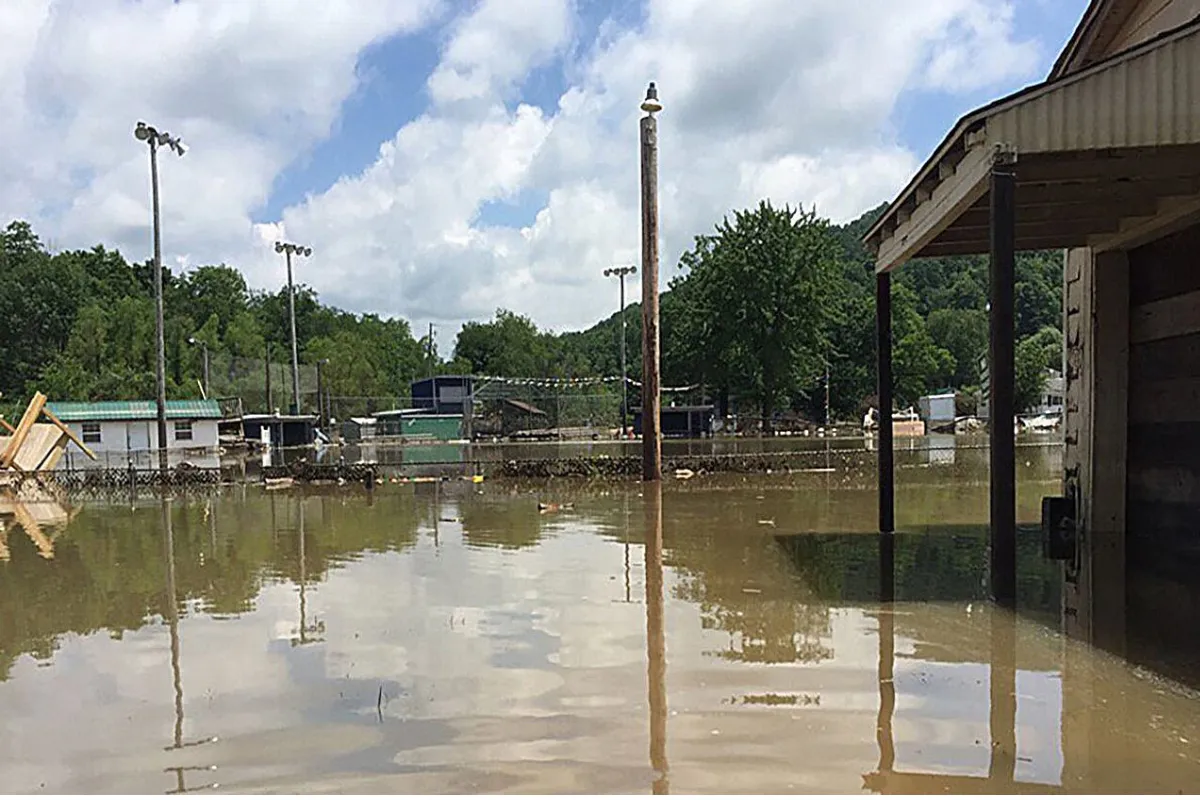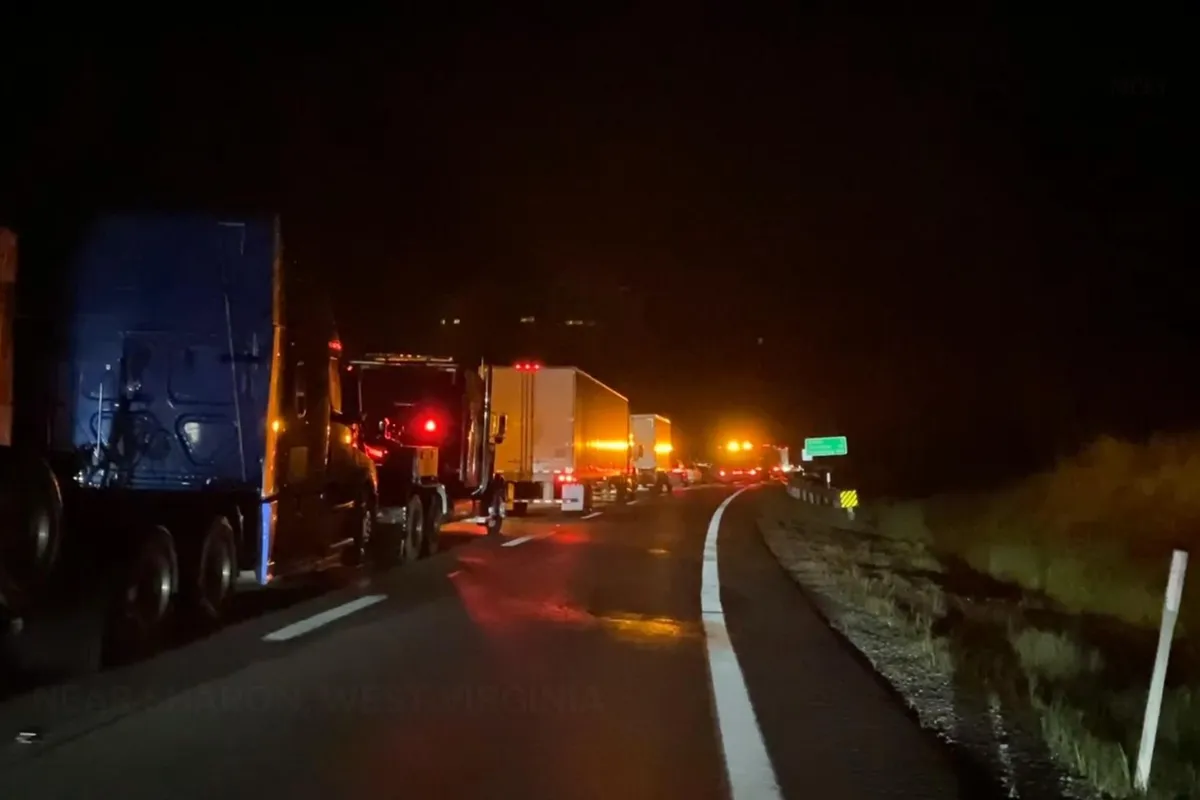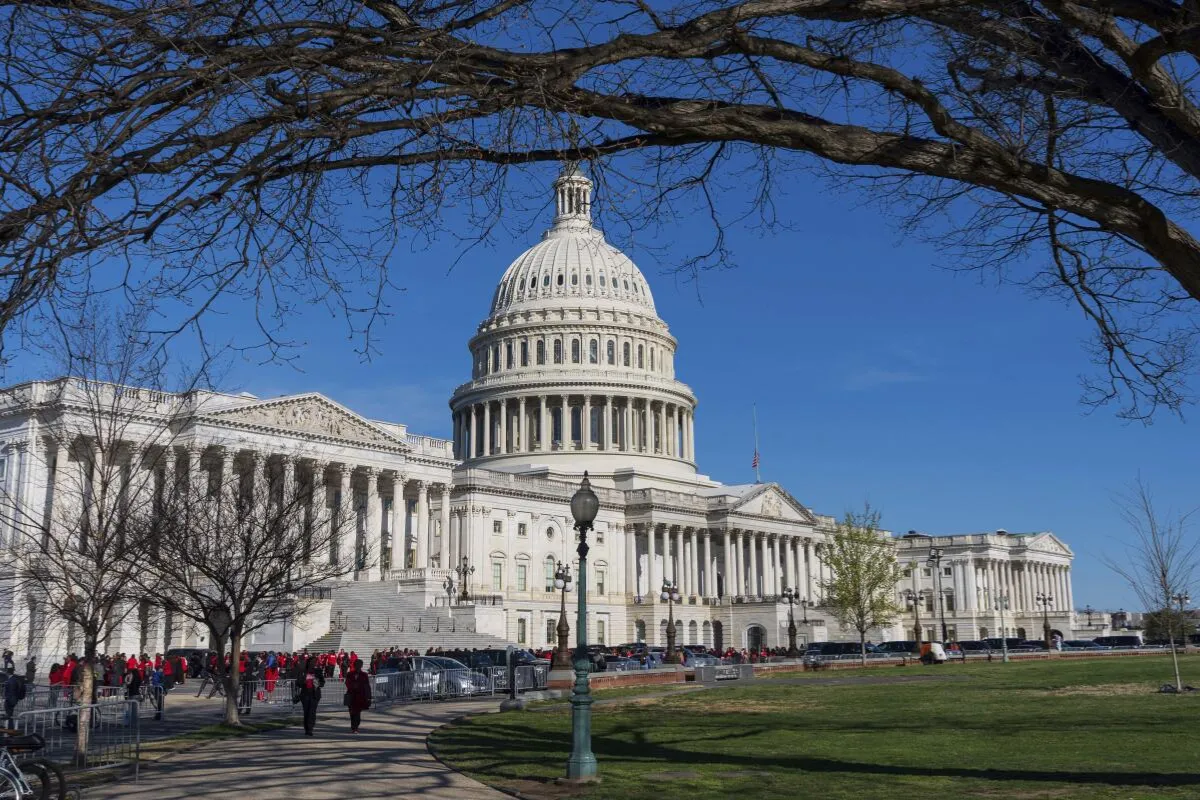The Appalachian Regional Commission’s (ARC) latest report on economic distress in Appalachia paints a hopeful picture — calling the region “a region of great opportunity.” But if you’ve lived here long enough, you know the story isn’t quite that simple.
For over 60 years, the ARC has worked toward helping Appalachia catch up with the rest of the country. Yet, despite all those years and billions of dollars invested, many parts of Appalachia are still stuck in tough economic times. In fact, some areas are even worse off than they were back in 1965.
The report points out serious challenges like the ongoing economic shifts in coal communities and the devastating substance abuse crisis, both of which have held back progress.
You can’t help but wonder — what if, decades ago, leaders hadn’t boxed Appalachia into narrow definitions and limits? What if they had supported a broader, more open approach to economic growth? Could that have prevented some of the hardships we face today?
Sadly, we’ll never know.
What we do know is this: out of 423 counties in Appalachia, 75 are still classified as “distressed” — meaning they rank in the bottom 10% of the nation economically.
Another 90 are “at-risk,” 240 are “transitional,” and just four counties have actually reached “attainment.” That’s right, only four counties have hit the goal the ARC has been aiming for since its founding. Those few are in Virginia, Georgia, and Alabama.
Looking at the map in the report, the distressed counties form a deep red patch concentrated in Kentucky, West Virginia, southeastern Ohio, and parts of Mississippi. Locally, counties like Calhoun and Roane are labeled distressed.
Others, like Doddridge and Pleasants, fall in the transitional category, while counties such as Gilmer and Tyler are at-risk. Many of these counties also have pockets—called census tracts—where incomes are far below the national average and poverty rates are extremely high.
The ARC uses this data to decide where to focus grants and investments, aiming to help the most struggling areas. But with decades of effort and over $6 billion invested—matched by more than $12 billion from other sources—it’s clear something is missing. Why hasn’t progress been faster or more widespread?
The ARC’s most recent performance report talks about big goals: diversifying the economy, improving infrastructure, supporting local leaders, and strengthening communities. These sound great on paper, but when only a handful of counties have reached the target after all this time, it begs the question: what’s holding us back?
The truth is, economic recovery and growth don’t happen overnight, especially in a region facing deep-rooted challenges. Still, it’s time for Appalachians to take more control of our future. Instead of waiting on distant agencies, maybe it’s time for the people who live here every day to lead the charge.
We’ve got the history, the heart, and the resilience. Now, we just need a plan that truly moves us forward — together.
















